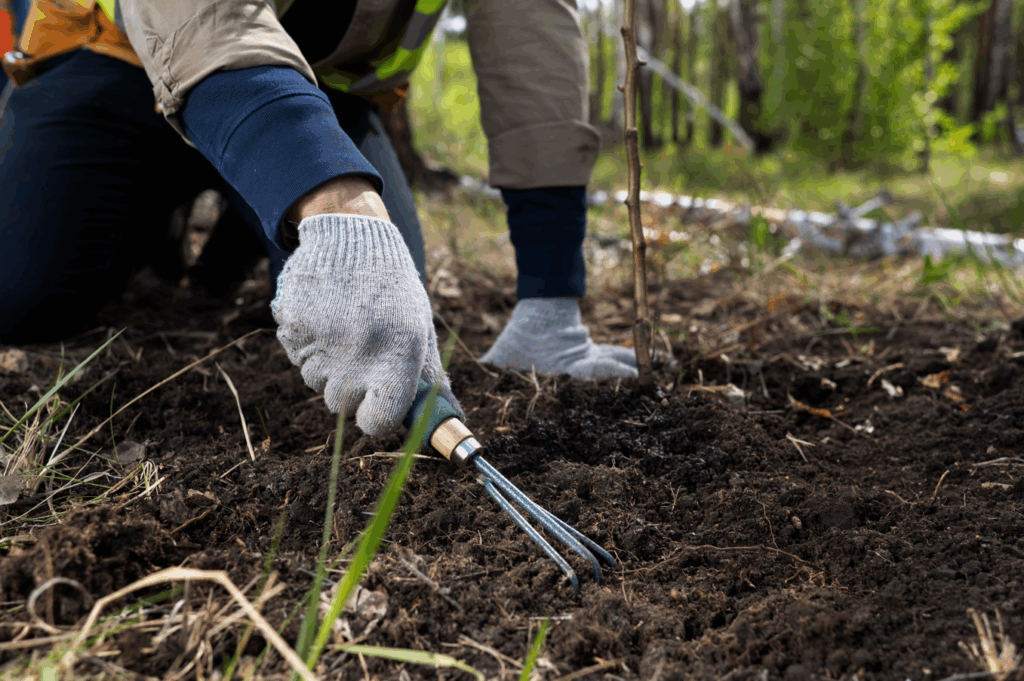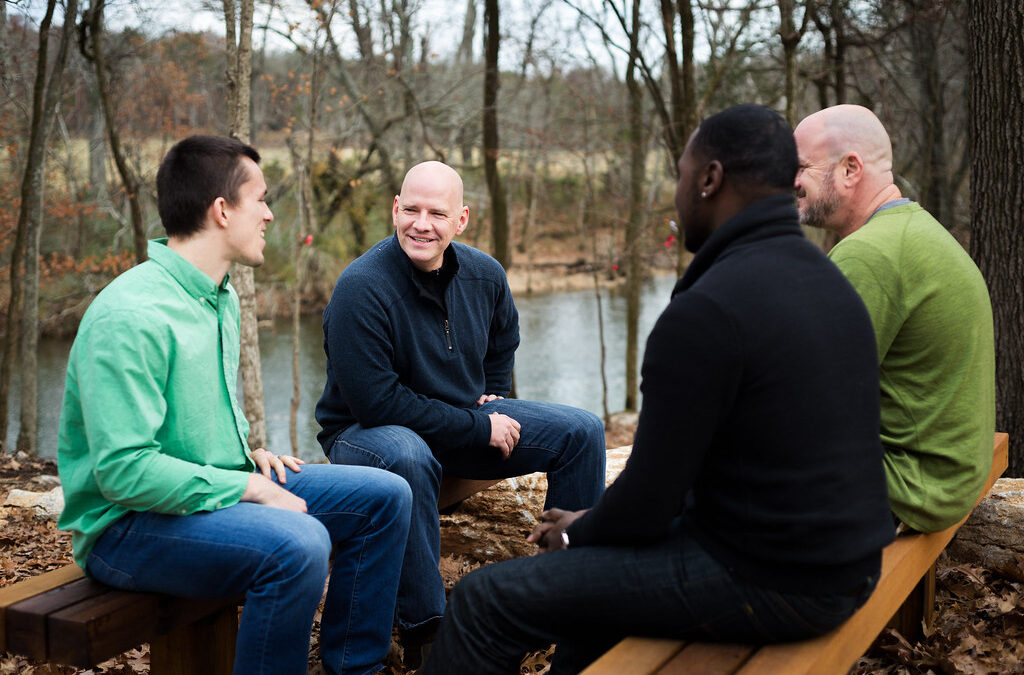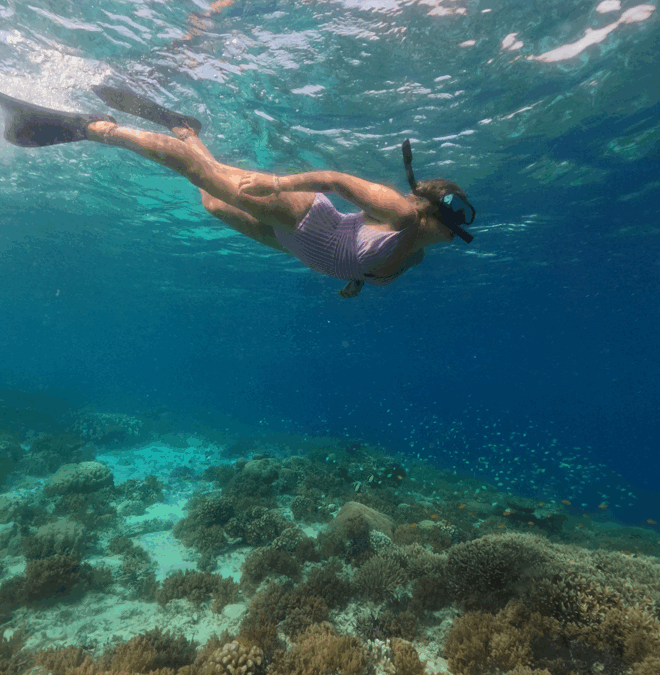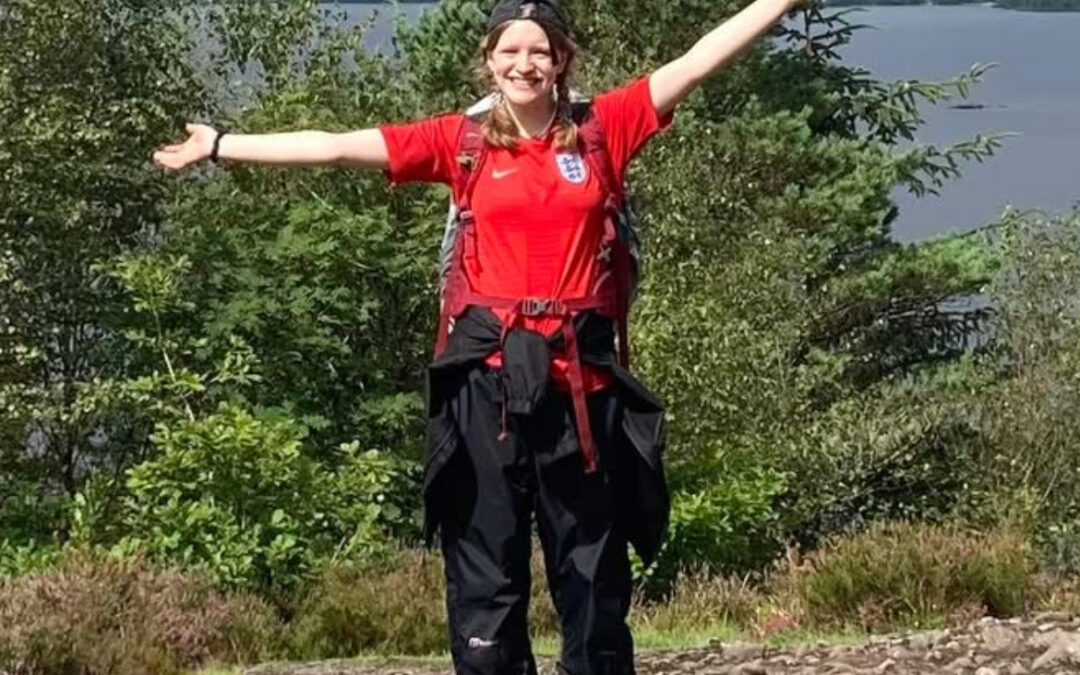In the heart of Ñürüm, a rural district nestled within Panama’s largest Indigenous territory, a quiet transformation is taking root. Local farmer Isidrio Hernandez-Ruiz – affectionately known in the community as campesino – has joined forces with the Smithsonian Tropical Research Institute in a groundbreaking reforestation project aimed at bringing native trees back to the landscape.
“We have more chainsaws than we have trees,” Jefferson Hall, a tropical forest scientist and director of the initiative, recalls a stark observation from a local resident. But rather than dwell on the challenges, Hall and his team are planting a future filled with promise.
The collaborative project is planting native species across 100 hectares, with a vision to eventually impact 45,000 hectares of the richly biodiverse Ngäbe-Buglé Comarca – an Indigenous territory that covers over 9 percent of Panama. Home to the Ngäbe and Buglé peoples, this land has faced decades of deforestation from cultivation practices, cattle grazing, and the introduction of non-native tree species.
Now, that’s changing.
By working hand-in-hand with the community, the initiative is designed not only to restore ecosystems but also to strengthen local livelihoods and support long-term carbon sequestration. For an area with limited economic options, the project represents a powerful blend of environmental regeneration and social renewal.
In a world of quick fixes, Hall and his team are thinking long term. And in Ñürüm, the roots of change are already beginning to grow.
Among the many native species being planted as part of the reforestation initiative, cocobolo (dalbergia retusa) stands out for both its ecological and economic value. Farmer Isidrio Hernandez-Ruiz has introduced several of these nitrogen-fixing trees to his land. Prized for its richly hued wood, commonly used in fine woodworking and furniture, cocobolo can fetch up to $3,000 per cubic meter – making it significantly more valuable than even high-grade mahogany.
If you’re interested in reading about environmental conservation, check out the coral restoration in Mexico!
It’s a remarkable tree. It thrives in a range of soils – even in ones that aren’t particularly great – and grows quickly when young. Its deep roots improve water infiltration, plus, it uses water very efficiently.

The region’s soil, typically acidic and clay-based with low fertility and phosphorus content, poses a challenge for many plants. Yet some species are particularly well suited to the conditions. One such tree is the zapatero (hyeronima alchorneoides), another hardwood species thriving in the Comarca. These trees can yield timber valued anywhere from $40 to $800 per cubic meter, offering long-term financial benefits for landowners.
While staples like cocobolo and zapatero form the backbone of the reforestation effort, the project is also a living laboratory – testing a wide variety of native species to see which are most resilient and productive. One surprise has been the macano (diphysa americana), a tree that typically prefers fertile soils but has shown impressive adaptability in poorer conditions.
Another hopeful candidate is the nance tree (byrsonima crassifolia), known for its resilience during dry spells – an increasingly common challenge in Panama. Not only does the tree help capture carbon and attract birdlife, but its fruit is also popular in juices and ice creams. With its antioxidant-rich profile, researchers are optimistic about its potential as a superfood for both local use and export markets.
Through a blend of traditional knowledge and scientific insight, these reforestation efforts are nurturing more than just trees – they’re cultivating future resilience for both the land and its people.
You can find the full story here.
To read more about fascinating breakthroughs in science and moments of awe in nature, visit our Science & Nature section.



